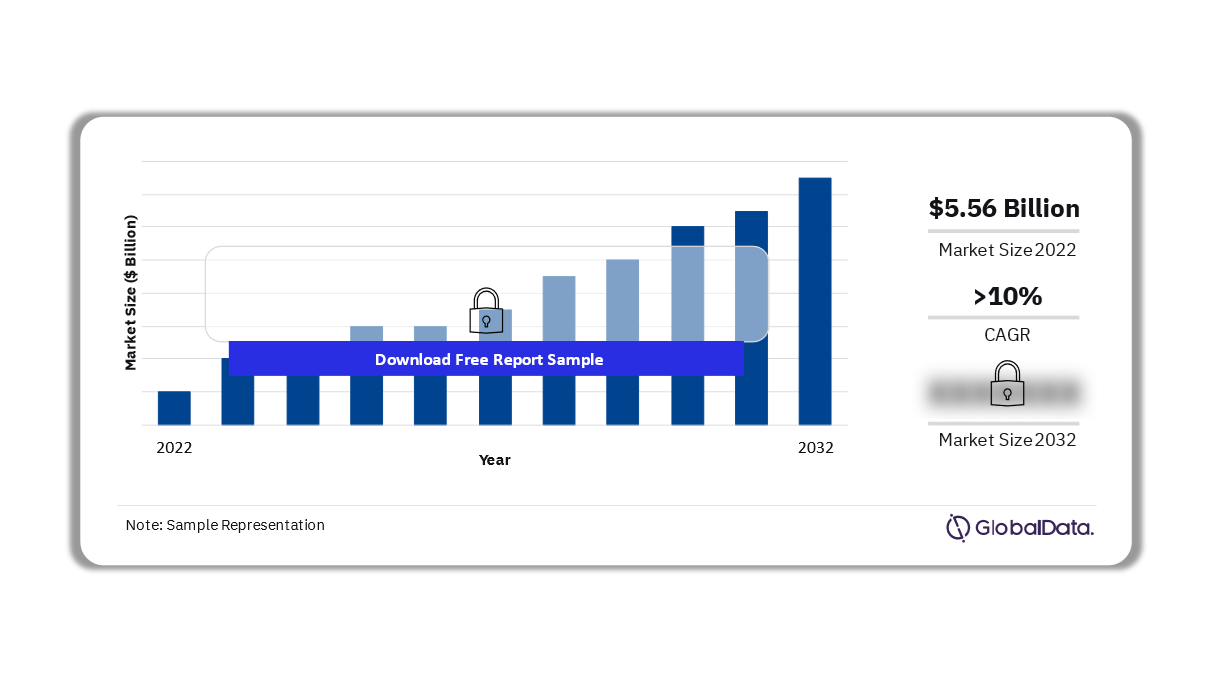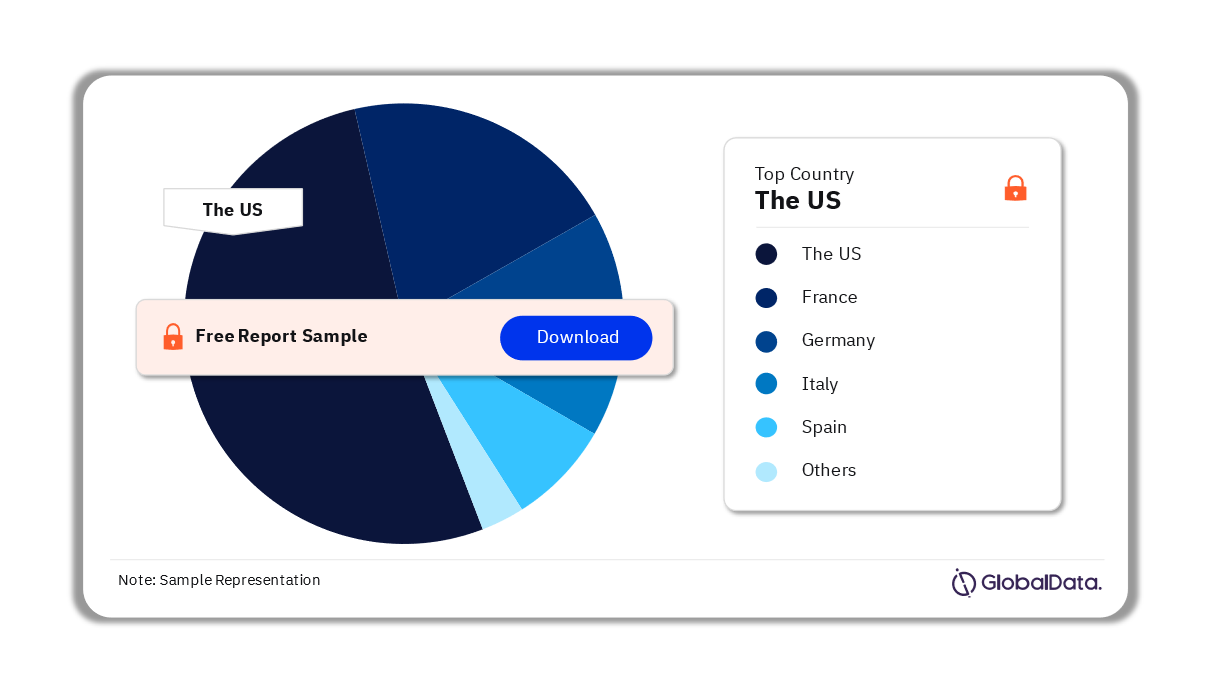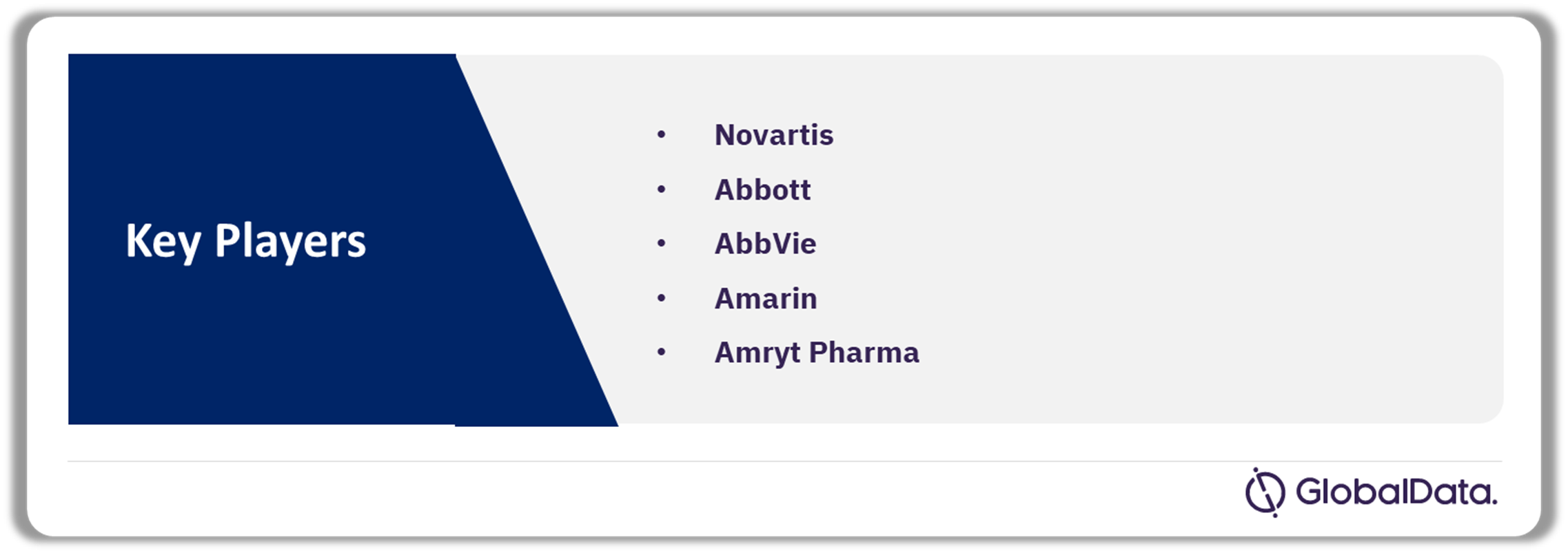Dyslipidemia in Major Markets, Disease Management, Epidemiology, Pipeline Assessment, Unmet Needs and Drug Forecast to 2032
Powered by ![]()
All the vital news, analysis, and commentary curated by our industry experts.
Dyslipidemia Market Report Overview
The Dyslipidemia market size across the 7MM was valued at $5.56 billion in 2022 and is expected to achieve a CAGR of more than 10% during 2022-2032. In 2022, the US made up the majority of total global sales. The 7MM includes the US, 5EU (France, Germany, Italy, Spain, and the UK), and Japan
Dyslipidemia Market Outlook, 2022-2032 ($ Billion)
Buy Full Report to Know More about The Dyslipidemia Market Forecast | Download A Free Report Sample – https://www.globaldata.com/store/talk-to-us/?report=4306032
The Dyslipidemia market research report provides a forecast model for the Dyslipidemia market through 2032 as well as an overview of the disease, including epidemiology, symptoms, diagnosis, and disease management.
| Market Size (2022) | $5.56 billion |
| CAGR (2022 – 2032) | >10% |
| Forecast Period | 2022-2032 |
| Key Countries | · The US
· France · Germany · Italy · Spain · United Kingdom · Japan |
| Leading Players | · AstraZeneca
· Pfizer · Merck · Sanofi/Regeneron · Amgen · Novartis · Abbott · AbbVie · Amarin · Amryt Pharma · Esperion Therapeutics |
| Enquire & Decide | Discover the perfect solution for your business needs. Enquire now and let us help you make an informed decision before making a purchase. |
Dyslipidemia Market Dynamics
- The growing global prevalence of dyslipidemia due to an increase in obesity, sedentary lifestyles, and unhealthy dietary habits is expected to drive the market in the coming years.
- As the global population continues to age, the prevalence of dyslipidemia is likely to increase.
- Improved awareness about the health risks associated with dyslipidemia and increased efforts in screening and diagnosis are expected to lead to more people being diagnosed with the condition.
- The price of novel launched drugs for dyslipidemia and the restriction of access to highly-priced new therapies may hinder the potential growth in the coming years.
Dyslipidemia Market Segmentation by Countries
The US is likely to dominate the market over the forecast period owing to the large prevalence of dyslipidemia patients.
Some of the key countries in the Dyslipidemia market are the US, France, Germany, Italy, Spain, the UK, and Japan. The US had the highest share of the market in 2022 and is anticipated to continue doing so during the forecast period. This can be attributed to the growing number of pipeline drugs entering the dyslipidemia market in the US as well as the higher overall price of drugs when compared to the 5EU and Japan.
Dyslipidemia Market Analysis by Countries, 2022 (%)
Buy Full Report for More Country Insights into The Dyslipidemia Market, Download A Free Report Sample
Dyslipidemia Market - Competitive Landscape
During the forecast period, GlobalData predicts that Novartis’s Leqvio will have the largest market sales of all dyslipidemia drugs.
The dyslipidemia market is highly competitive. Several companies are leaders in this space. These companies have a significant market share and offer a range of products for the management of dyslipidemia. The major players in the dyslipidemia space are AstraZeneca, Pfizer, Merck, Sanofi/Regeneron, Amgen, Novartis, Abbott, AbbVie, Amarin, Amryt Pharma, and Esperion Therapeutics.
Dyslipidemia Market Analysis by Companies, 2022
Buy Full Report to Know More About Companies into The Dyslipidemia Market, Download A Free Report Sample
Segments Covered in the Report
Dyslipidemia Country Outlook (Value, $ Billion, 2022-2032)
- The US
- France
- Germany
- Italy
- Spain
- The UK
- Japan
Scope
- Overview of dyslipidemia, including epidemiology, symptoms, diagnosis, and disease management.
- Annualized dyslipidemia therapeutics market revenue, cost of therapy per patient, and treatment usage patterns forecast from 2022 to 2032.
- Key topics covered include strategic competitor assessment, market characterization, unmet needs, clinical trial mapping, and implications of these factors for the dyslipidemia therapeutics market.
- Pipeline analysis: comprehensive data assessing emerging trends and mechanisms of action under development for dyslipidemia treatment. The most promising candidates in late-stage development are profiled.
- Analysis of the current and future market competition in the global dyslipidemia therapeutics market. Insightful review of the key industry drivers, restraints, and challenges. Each trend is independently researched to provide a qualitative analysis of its implications.
Key Highlights
According to GlobalData, the drug sales in the dyslipidemia market are expected to grow significantly between 2022 and 2032, with an overall compound annual growth rate (CAGR) of 10.8%. In 2022, GlobalData estimated the total dyslipidemia market to be valued at $5.56 billion across the 7MM. In 2022, the US made up the majority of total global sales, with $4.12 billion (74%). The 5EU accounted for 21% of the global dyslipidemia market sales with an estimated value of $1.18 billion million and Japan’s dyslipidemia market sales were estimated to be $252.9 million in 2022, accounting for 5% of the market.
By the end of the forecast period in 2032, GlobalData expects the dyslipidemia market to grow at a CAGR of 10.8%, reaching sales of $15.53 billion, with the US accounting for 78% of the global market with a market value of $12.06 billion. This could be due to the large prevalence of dyslipidemia in the US, as well as the higher overall price of drugs as compared to the 5EU and Japan. Moreover, the US has more pipeline drugs entering the dyslipidemia market during the forecast period compared to the 5EU and Japan. The 5EU is anticipated to grow with a CAGR of 8.3%, reaching sales of $2.63 billion. Japan accounts for 5% of the total sales with a CAGR of 12.8% by the end of the forecast period.
Major drivers of the dyslipidemia market growth during the forecast period are –
• The increasing global prevalence of dyslipidemia due to an increase in obesity, sedentary lifestyles, and unhealthy dietary habits. As the global population continues to age, the prevalence of dyslipidemia is likely to increase.
• Improved awareness about the health risks associated with dyslipidemia and increased efforts in screening and diagnosis are expected to lead to more people being diagnosed with the condition.
• Therapies with new targets will enter the market, which will significantly boost market growth.
• The launch of the first oral PCSK9 inhibitor, Merck’s MK-0616, as well as other promising pipeline therapies, including NewAmsterdam’s oral CETP inhibitor, obicetrapib, and Akcea Therapeutics’s apoC-III, olezarsen.
Major barriers that will restrict the growth of the dyslipidemia market during the forecast period are:
• The price of novel launched drugs for dyslipidemia and the restriction of access to highly priced new therapies.
• Widespread use of cheap, generic drugs making it difficult for high-priced branded therapies to penetrate the market.
• Continued generic erosion of Pfizer’s Lipitor, AstraZeneca’s Crestor (rosuvastatin), as well as Merck’s Zetia (ezetimibe) across the 7MM.
Reasons to Buy
The report will enable you to:
- Develop and design your in-licensing and out-licensing strategies through a review of pipeline products and technologies, and by identifying the companies with the most robust pipeline.
- Develop business strategies by understanding the trends shaping and driving the 7MM obesity therapeutics market.
- Drive revenues by understanding the key trends, innovative products and technologies, market segments, and companies likely to impact the 7MM VTE therapeutics market in the future.
- Formulate effective sales and marketing strategies by understanding the competitive landscape and by analyzing the performance of various competitors.
- Identify emerging players with potentially strong product portfolios and create effective counterstrategies to gain a competitive advantage.
- Organize your sales and marketing efforts by identifying the market categories and segments that present maximum opportunities for consolidations, investments, and strategic partnerships.
To know about our Research Methodology and other aspects of the research study, kindly get in touch with our Sales Team at GlobalData.
Dicerna
BASF
Arrowhead
Akcea
Novartis
Pfizer
Sanofi/Regeneron
Amgen
Amryt
Abbott
Amarin
Esperion Therapeutics
Eli Lilly
Novo Nordisk
Table of Contents
Table
Figures
Frequently asked questions
-
What was the Dyslipidemia market size across the 7MM in 2022?
The Dyslipidemia market size across the 7MM was valued at $5.56 billion in 2022.
-
What is the Dyslipidemia market growth rate?
The Dyslipidemia market is expected to achieve a CAGR of more than 10% during 2022-2032.
-
Which country had the highest share in the 7MM Dyslipidemia market?
The US held the highest share in the Dyslipidemia market across the 7MM in 2022.
-
Who are the leading players operating in the Dyslipidemia market?
The major players in the Dyslipidemia space are AstraZeneca, Pfizer, Merck, Sanofi/Regeneron, Amgen, Novartis, Abbott, AbbVie, Amarin, Amryt Pharma, and Esperion Therapeutics.
Get in touch to find out about multi-purchase discounts
reportstore@globaldata.com
Tel +44 20 7947 2745
Every customer’s requirement is unique. With over 220,000 construction projects tracked, we can create a tailored dataset for you based on the types of projects you are looking for. Please get in touch with your specific requirements and we can send you a quote.
Related reports
View more Dyslipidemia reports










